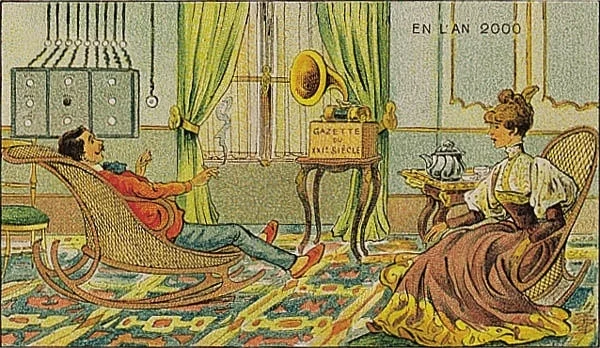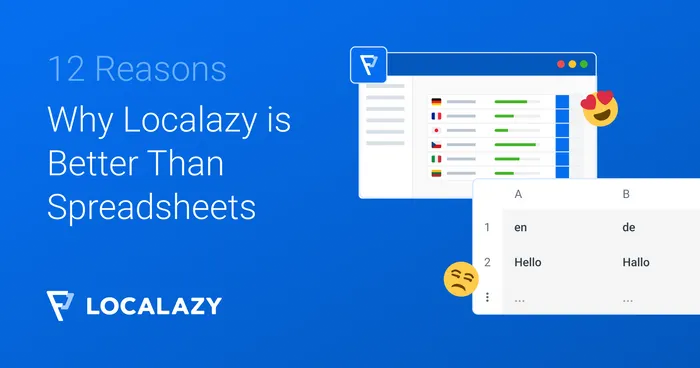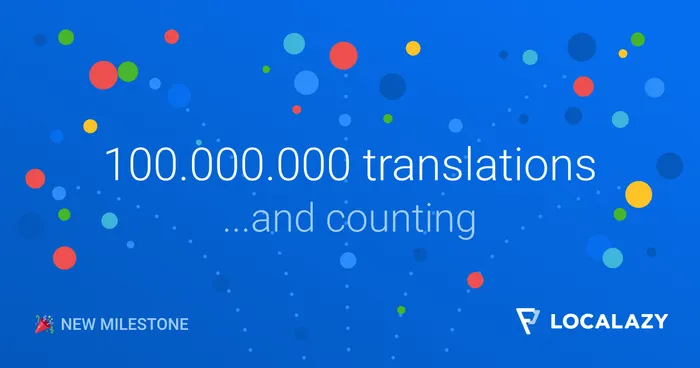Development and marketing are two sides of the same dice. All the sides are needed (not only those two aforementioned) to play a game in the growing market.
Localazy can help with app localization 🔗
For every mobile marketer, localization, including translation, is a key performance driver proven to increase measurable business goal metrics such as click-through rates and eventually conversions.
Smartphone usage is growing globally as the global digital population grows (4.18 billion people were active mobile internet users as of January 2020). It truly makes a difference to think about GILT already in the early phase of app development.
What App localization does mean? 🔗
To localize the app, it means to align the app with a particular culture. You have to not only translate all the language string resources of an app to target language from the source language but also align your app with other cultural requirements – from currency to colour conceptions, laws and habits. From the perspective of a developer, this means a developer must think about how dynamic the app logic must be to provide enough flexibility for UI and UX arrangements.
Common Localization challenges for developers and marketers 🔗
Localization mistakes are one of the top reasons for an app to get rejected from the App store. To name just a few samples of how localization can get wrong:
- RTL/LTR text orientation,
- wrong currency settings (i.e. when you show different currency unit),
- expansion and contraction of phrase length among many languages,
- poor app flavor support,
- and many other potential issues to be prevented.
And this is just a very start! Let’s find out some of the most common challenges and how Localazy can help you take care, at least, of some of these.
Mobile App translation as a part of a localization
As you already know, translation is not the only activity of localization. However, it brings in a whole plethora of challenges to overcome.
Perpetual and never-ending XML reloading
When your app grows up, and especially if there are app flavors as well, sooner or later you will get really annoyed by manual handling of your externalized strings files. This is, based on our research, one of the most painful activities of mobile app translation management.
With Localazy, you do not have to manually handle any files. Integrate our Gradle plugin for Android and upload directly with a single click directly from your development environment. Easily upload even minor updates and translators have more time to deliver translations of high quality.
Flavors
Do you have special app flavors for different devices? Then you know the localization is even more demanding process.
Localazy will manage flavors automatically.
Private strings
It can be sometimes tricky and especially time demanding to filter out all private strings.
Private strings can be filtered out in different ways with Localazy. Moreover, the majority of common private strings such as Ad Id, Facebook App Id and other ones will be automatically detected due to our advanced analysis.
Libraries and modules
When it comes to library and module translations, it can get easily tricky to manage.
In Localazy, you can simply add them to Gradle, and that is it.
Translation platforms missing context
Sometimes it is really hard for translation contributor to get into the right context of the translated phrase. Translation platforms with side spread of provided translation capabilities lack focus and integrity required for mobile app translations.
With Localazy, app developers get helpful questions for a quick reply, and contributors receive helpful context information.
Translation review - annoying routine turns into lower quality
Translation review is one of the most boring things for every developer and also for an editor, proofreader and translator. From the perspective of a single app developer or a small digital teams, there is no proofreader/editor always available and time spent on this boring routine is something postponed and relocated to other priorities. For that reason, quality assurance is not always in the top condition and translations can include errors.
With Localazy, the translation review process activities are eliminated, automated and delegated as much as they can be. Plus, the review process is sort of asynchronous, the review screen is easy to use, and reviews can be done in a quick way. We require you to review all phrases in order to push them into production. The process is proactive and helps you all the time to get things done fast. Clearly defined QA and accurate report on what happened from the last check will make it easy for you to prioritize your tasks. No need to seek what turned bad, Localazy will tell you.
Prioritized Phrase Translations
Nothing beats the feeling when a contributor can see the results. Unfortunately, there was no simple way on how to find out, in realtime, which phrases need to be translated and reviewed first.
Localazy translation engine is rewarding for all parties. Based on telemetric data, our translation interface will automatically set up phrase priority, so the most important phrases get processed first.
Mobile App Marketing Overview 🔗
Marketing; promotion; expansion; monetization; Whole ocean to be explored in upcoming blog posts. Although, there are some proven or disruptive mobile app marketing strategies ready to help your app skyrocket. The global mobile app revenue pie is huge and growing (581.9 B USD in 2020 and 935.2 B USD in 2023), and you are going to take your piece. We are here to help.
The first strategy to mention is GILT. 🔗
GILT stands for Globalization, Internationalization, Localization and Translation. Read more on what GILT is from the perspective of a mobile app developer.
The GILT strategy is one of the most effective ones because well-executed GILT does have a sort of higher requirements to enter this competitive advantage. Taking care of Quality Assurance and continuous improvement increase efficiency requirements, especially for single mobile app developers such as Sergey Chuprin and small digital teams.
GILT can include some of these key activities
- App store listing optimization
- App localization
- App translation
Content Marketing 🔗
Pre-launch content
Not every app launch is made equal, nor the discoverability is the same for all apps. There are two main components, or views.
Content to engage with your users from the very start
The empty app is a useless app. But it actually does not end here. If you are going to provide your users with extraordinary service to ensure full customer satisfaction, you will probably need to do more.
- Do not forget about documentation
- Your own blog with help with content marketing
- App website such as FloatingApps one is a must
Discoverability of the app
About 40% of users find your app in the app store. And the remaining 60%? Other channels, including search. 1 of 4 users will probably find your app during the online search to solve an actual need, especially if your app is focused on a particular location, for example. PWA developers know this – The strength of PWA apps is that they can be indexed by search engines, while the content of native apps can not.
For example - you are a wedding planner, just paid thousands for your brand new native mobile app for the wedding and you would love to attract more users. There are several options!
App discovery does not happen just in the app store!
Owned media
- mobile app microsite
- blog
- newsletter
- your shirt, car, …
Gained media
- guest blogs
- brand mentions
- unpaid social media
Paid media
- in-app ads
- app promotions
- paid search and display
- PR outlets
Influencer marketing 🔗
While a subject to many disputes regards the ROI measurability, there was a definitely trend going on with influencer marketing. The meaning behind buzzword of the last few years is here with us much longer, known as word of mouth and is definitely one of the most powerful marketing tools. The only difference is that the communication channel shifted from brick world talks to social with a much higher outreach.
A single podcast can get you an audition of thousands. One-to many word-of-mouth! France in XXI Century. This was a series of futuristic pictures issued in France in 1899, 1900, 1901 and 1910, originally in the form of paper cards enclosed to cigarette/cigar boxes and, later, as postcards. They depicted the world of the future, in 2000.



